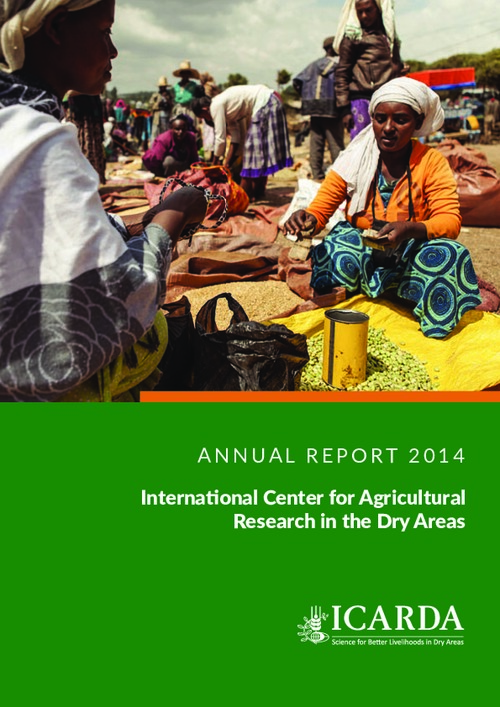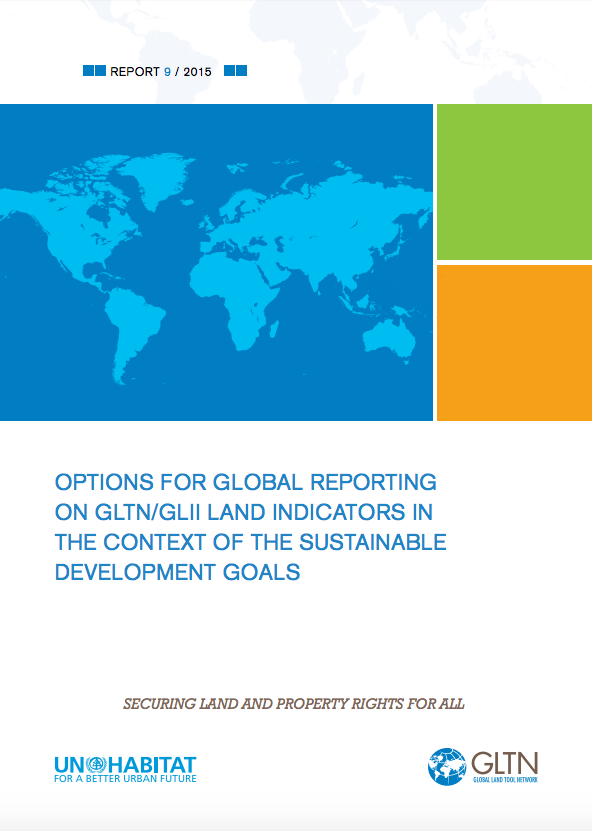Recapitalisation and Development Programme implementation: Public hearings
The Chairperson introduced the first day of public hearings on the Recapitalisation and Development Programme (RADP) in the agricultural sector by noting that the Committee had done oversight in the Northern Cape of the farms that were beneficiaries of the programme, and now wanted to hear the outcomes of the independent evaluation of the programme, and also hear from beneficiaries.







